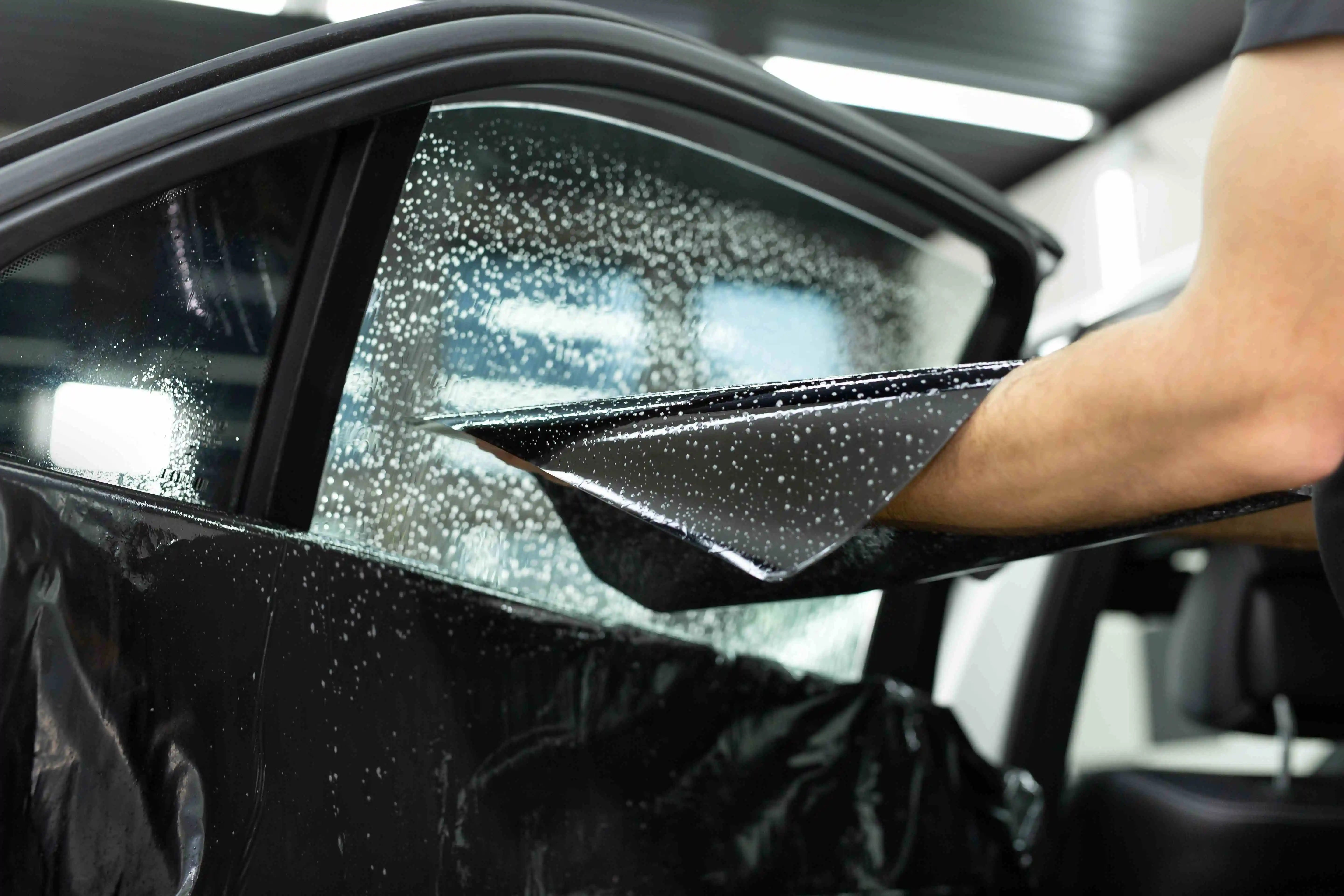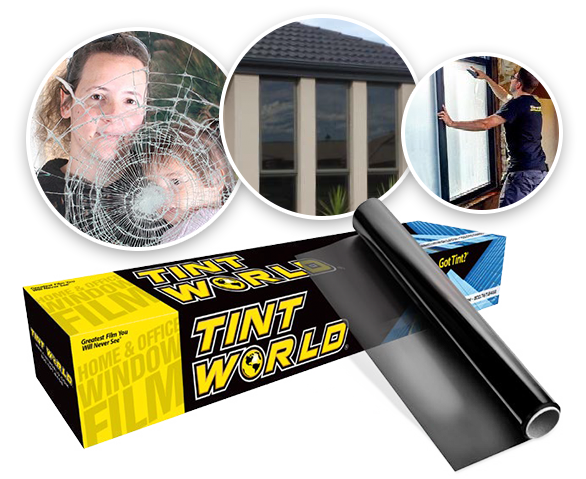Auto Window Tinting for Enhanced Safety And Security and Minimized Burglaries
Wiki Article
Home Window Tinting Regulations and Standards: What You Need to Know Before Tinting Your Auto
Prior to proceeding with window tinting for your vehicle, it is vital to acquaint yourself with the varied regulations and guidelines that control this practice throughout various states. These policies dictate the permissible degrees of tint darkness, frequently measured by visible light transmission (VLT) percentages, and consist of certain specifications for front windshields aimed at making certain road safety.Summary of Home Window Tinting Laws
Home window tinting laws are regularly based on variation across various territories, showing regional laws and safety and security considerations. These laws dictate the permissible levels of color darkness and reflectiveness on automobile home windows, ensuring that drivers preserve adequate visibility while additionally protecting against damaging UV rays and warmth.A lot of guidelines classify window tinting based upon the Visible Light Transmission (VLT) percent, which suggests the amount of light that can go through the home window. Generally, lower VLT percents represent darker colors. Regulations frequently distinguish in between the front, side, and rear home windows, with stricter restrictions put on the front windscreen to boost safety and security for both the motorist and other road users.
Conformity with home window tinting policies is critical, as violations can result in penalties, required removal of the color, and potential boosts in insurance coverage premiums. It is vital for car owners to familiarize themselves with neighborhood regulations before proceeding with home window tinting installations.
State-by-State Tint Laws
Comprehending the particular window tinting guidelines in each state is important for lorry proprietors looking for to abide by the law. Each state in the united state has actually developed its own collection of rules regulating home window tinting, which can vary considerably. These guidelines often determine the permitted degrees of tint darkness, the sorts of home windows that can be tinted, and any kind of medical exceptions that might use.For instance, states like The golden state have stringent restrictions on tint darkness for front home windows, while others, such as New Mexico, may enable darker colors. Additionally, particular states mandate particular exposure portions for numerous home windows, consisting of the windscreen, front side home windows, and back home windows. It is vital for vehicle owners to familiarize themselves with their state's laws to prevent prospective fines or fines.
Furthermore, some states may call for an accreditation sticker label to be positioned on tinted windows, showing conformity with state laws. Failing to abide by these guidelines not only runs the risk of lawful consequences however can additionally affect safety and visibility while driving. Car owners ought to perform thorough research or get in touch with local authorities to ensure complete understanding and conformity with state-by-state tint policies.
Allowed Tint Types and levels
Numerous car proprietors may be surprised to learn that permitted color levels and types differ commonly across various states. Each state has actually established its own laws pertaining to the allowable darkness and reflectivity of home window color, typically determined by Visible Light Transmission (VLT) portions. VLT refers to the amount of light that can pass via the colored windows; thus, a reduced percentage indicates a darker color.
Moreover, the kinds of tint products enabled can vary, with some states prohibiting mirror-like or metallic finishes. It is necessary for vehicle proprietors to familiarize themselves with their state's particular regulations to make certain compliance. Non-compliance can result in penalties, compulsory removal of the tint, or various other lawful effects, making it necessary to understand these policies before waging installment.
Medical Exceptions for Tinting
While not all states offer allowances for clinical exceptions pertaining to home window look at these guys tinting, those that do recognize the need for details individuals to boost exposure and convenience due to clinical conditions. Different medical problems, such as lupus, skin cancer, and specific eye problems, can make people especially delicate to sunshine. Subsequently, these individuals may call for darker colors to safeguard themselves from harmful UV rays and glow.
find out this here It is essential to note that despite a medical exception, there may still be restrictions on the degree of tint allowed. Conformity with state laws guarantees that people are both protected and within lawful limits. Those considering medical exceptions should contact their neighborhood Department of Motor Autos or comparable authority to understand the treatments and needs needed to obtain an exemption successfully.
Charges for Non-Compliance
Failing to abide by home window tinting regulations can result in significant penalties, which vary by state. Police are equipped to provide citations for vehicles that do not follow the specified tinting guidelines. These fines usually include fines, which can range from modest quantities to a number of hundred bucks, relying on the extent of the infraction and the state in concern.In some territories, duplicated offenses may result in intensifying fines or added penalties, such as obligatory court looks. Furthermore, non-compliance may necessitate the removal of unlawful tinting, commonly at the proprietor's expenditure. In severe instances, regular culprits might encounter suspension of their vehicle registration till conformity is accomplished.
Furthermore, insurance coverage implications might develop from getting several citations for home window tint offenses. Insurance firms might check out such violations as an indication of riskier habits, potentially causing increased costs or trouble in insurance coverage.
To prevent these penalties, it is important for car owners to acquaint themselves with their regional window tinting laws and ensure that their lorry complies (Window Tinting). This aggressive strategy not only avoids lawful implications but additionally description advertises roadway safety
Verdict

A lot of regulations identify window tinting based on the Visible Light Transmission (VLT) portion, which shows the amount of light that can pass with the home window. Conformity with window tinting policies is crucial, as offenses can result in penalties, required elimination of the color, and potential rises in insurance coverage costs.Comprehending the certain window tinting guidelines in each state is vital for automobile proprietors seeking to abide with the legislation. These laws often determine the allowable levels of tint darkness, the types of windows that can be tinted, and any clinical exemptions that may apply.
For circumstances, states like The golden state have rigid restrictions on tint darkness for front home windows, while others, such as New Mexico, might permit darker tints.
Report this wiki page